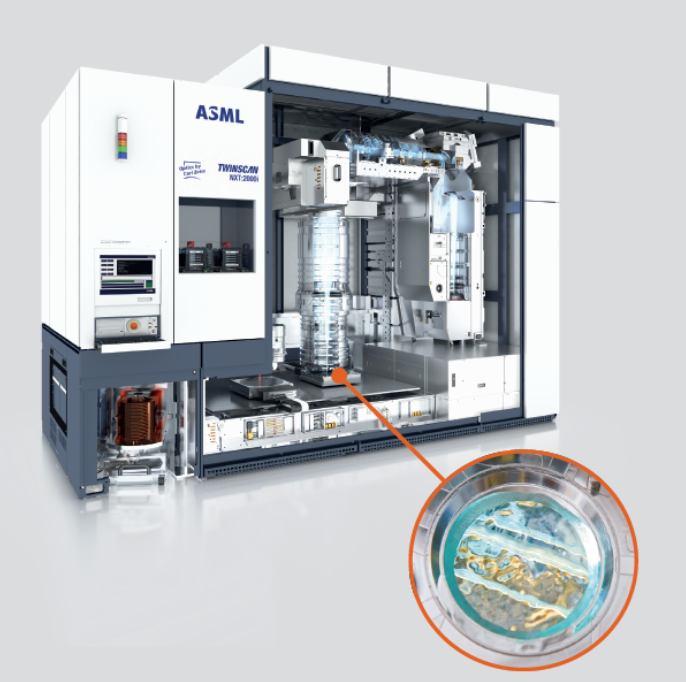Jos Benschop
“Understanding and controlling how fluids behave is vital to all aspect of industry and for ASML in particular. From the early days until the latest generations EUV machines, fundamental understanding, prediction and control of Fluid Flows in our equipment is crucial importance for their performance. These capabilities have been developed in close collaboration with our academic and supply chain partners, often in PPS collaborative models support by the Dutch government. The value of having such research & innovation ecosystem infrastructure available for ASML is of vital importance for our next generation of innovations.
We are fortunate to have a wealth of expertise in understanding and application of fluid dynamics in the Netherlands. Our competitive and sustainable future will benefit when recognising and harnessing this capability for the next generation of industrial and societal challenges.”

Jos Benschop
Corporate Vice President Technology, ASML
High-tech systems enabled with fluid dynamics
ASML Immersion Lithography case study.
The microelectronics industry has been marching to the beat of Moore’s Law for decades: doubling the number of transistors per chip every two years. Optical lithography has been the key enabler for this, printing smaller lines through a combination of decreasing the wavelength of light used and increasing the numerical aperture of the lens used to focus that light onto the patterned semiconductor. Fluid dynamics plays a significant role in the performance of ASML lithography equipment and has proven to be one of the key competitive advantages of the company.
It is well known to microscopists that adding a liquid between the last lens element and an object increases the resolution. The lithography industry exploited this application of fluids applying immersion technology in the early 2000s to achieve a higher density in wafer patterns. However, immersing lithography optics with a fast-moving wafer in liquid poses significant fluid dynamic challenges.
Supported by Dutch research funding, ASML together with its partners from Industry & Universities developed a system based on partially wetting the wafer below the lens, while continuously refreshing the liquid during operation. Applying this principle to lithography meant finding a solution to constrain water under the lens while having a fast moving (> 0.5 m/s) and fast accelerating (> 1 g) partially wetted wafer. While the consortium led by ASML was able to introduce the first commercial scanners in 2003, it took the only remaining Japanese competitor two more years to introduce a less performing immersion scanner, a delay that enabled ASML to reach a market share of approximately 70%. This only has been growing to date turning it into a €20 billion company and one of the highest profile semiconductor equipment suppliers globally.
Immersion-based scanners are the backbone of integrated circuit production today. ASML shipped 68
immersion scanners in 2020 and 81 in 2021, with ongoing research programs to increase the wafer speed of immersion scanners further posing new fluid dynamics challenges.
The newest ASML lithography equipment is based on Extreme Ultra-Violet (EUV) technology for the very smallest 3 nanometre nodes. EUV scanners also incorporate many fluid dynamics fundamentals, since the EUV source is based on vaporising 50,000 tin drops per second to generate the light needed for patterning.


